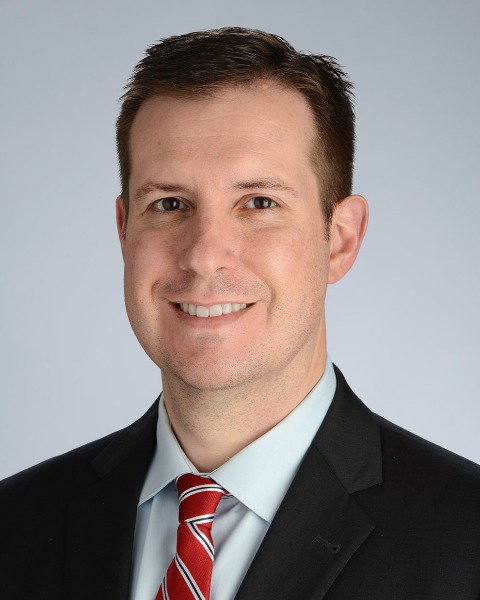Back
Main Conference
Clinical Paramedicine
Can an autopsy improve EMS Quality? Partnering with your Medical Examiner to Enhance EMS Care
Thursday, October 13, 2022
8:00 AM – 9:00 AM EDT
Location: 331A

Ryan C. Jacobsen, MD, FAAEM, FACEP, FAEMS
Associate Professor of Emergency Medicine/EMS System Medical Director
University of Kansas School of Medicine/Johnson County Kansas EMS System
Olathe, Kansas
Speaker(s)
Description: Medical Examiners are infrequently utilized to enhance quality in EMS. Modern Medical Examiner facilities are becoming incredibly sophisticated and some are now using post-mortem CT scanning of the entire body with 3-D reconstruction. This imaging offers an immeasurable amount of data regarding the deceased EMS patient. This may include radiographic imaging confirmation (or lack of) for devices such as advanced airways, intraosseous needles in the bone marrow, injury patterns, needle thoracostomy anatomic landmark location, modeling of difficult airway anatomy and ultimately cause of death. This information is invaluable regarding the opportunity for teaching, debriefing and creating a registry of images and cases for future EMS clinicians to learn from. It also offers avenues for growing EMS medicine through publication opportunities and visual diagnoses/case submissions in peer-reviewed journals. Medical Examiners are an untapped resource, but in my experience welcome the opportunity to collaborate with fire/ems agencies. There are also ample opportunities for fire/ems clinicians to observe autopsies and gain a greater understanding of anatomy and pathologic causes of death. Examples of autopsy imaging will be shown to demonstrate the potency of this learning tool. Partnering with Medical Examiners can improve our knowledge about the care we provided (good, bad, and ugly).
Learning Objectives:
- Describe the role of a medical examiner in the care of the recently deceased.
- develop a program that utilizes autopsy and post-mortem data for quality assurance and improvement in EMS.
- Understand and overcome common barriers to collaboration between EMS and Medical Examiners.
- Define ways to better clarify your cardiac arrest registry data (ex. CARES) using autopsy data for actual cause of death to improve knowledge of actual etiology of OHCA
